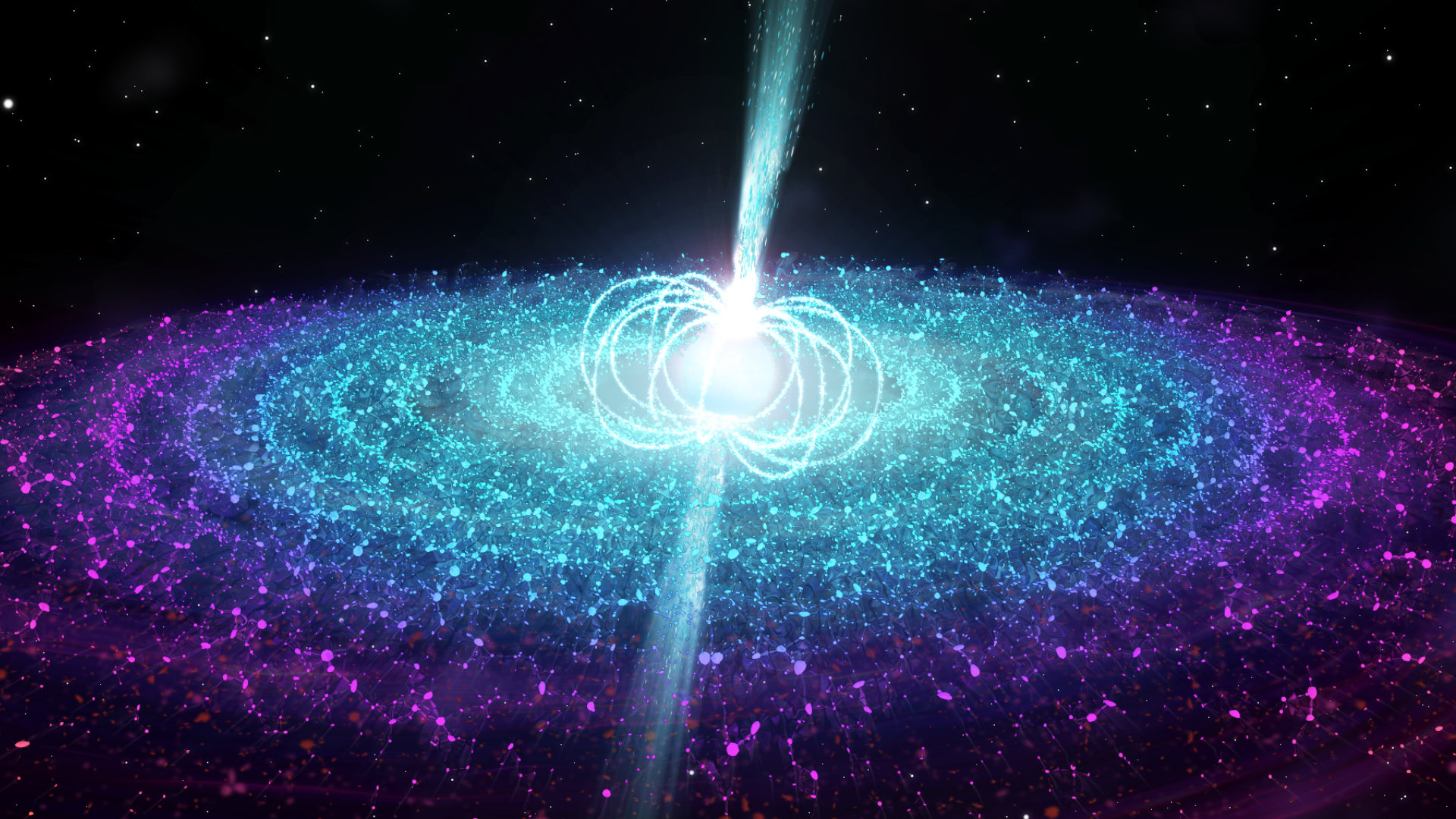According to recent studies, a neutron star located south of the constellation Leo is the most massive of its kind yet discovered.
The record-setting collapsed star, PSR J0952-0607, masses around 2.35 times as much as the sun, scientists say on arXiv.org on July 11. Roger Romani, an astrophysicist at Stanford University and coauthor of the paper, said, “This is the heaviest neutron star that has ever been measured.”
The previous record was held by PSR J0740+6620, a neutron star in the northern constellation Camelopardalis that was around 2.08 times as massive as the sun. If a neutron star becomes too big, it collapses and transforms into a black hole. These measurements of massive neutron stars are intriguing since no one is aware of the precise mass distinction between neutron stars and black holes.
This separating line motivates the search for the most massive neutron stars and the determination of their maximum mass, according to Romani. A black hole’s event horizon is what separates us from the universe’s intangible objects, such as dark matter. A neutron star that is teetering on the brink of becoming a black hole has the densest material accessible in the entire visible universe at its center.
PSR J0952-0607 is located in the Sextans constellation, just south of Leo. It lives 20,000 light-years away in the Milky Way’s halo, high above the galaxy’s plane. Each time the neutron star spins, it generates a pulse of radio waves in our direction, therefore astronomers also designate it as a pulsar. This pulsar, discovered in 2017, rotates every 1.41 milliseconds, quicker than all but one previous pulsars.
This is why Romani and his colleagues chose to explore it; the pulsar’s rapid rotation led them to think that it was abnormally massive. A companion star orbits the pulsar, and just as water spilling over a water wheel causes it to spin faster, gas falling from this companion onto the pulsar could have accelerated its spinning and increased its mass.
Upon observing the companion, Romani and his colleagues determined that it orbits the pulsar at approximately 380 kilometers per second. Using the companion’s velocity and orbital period of approximately six and a half hours, the scientists determined that the pulsar had a mass greater than twice that of the sun. This is far heavier than the average neutron star, which is only approximately 1,4 times the mass of the sun.
“It’s a fantastic study,” says Emmanuel Fonseca, a radio astronomer at West Virginia University in Morgantown who measured the mass of the former record-holder but was not involved in the current research. It assists nuclear physicists in constraining the nature of matter in extreme settings.


